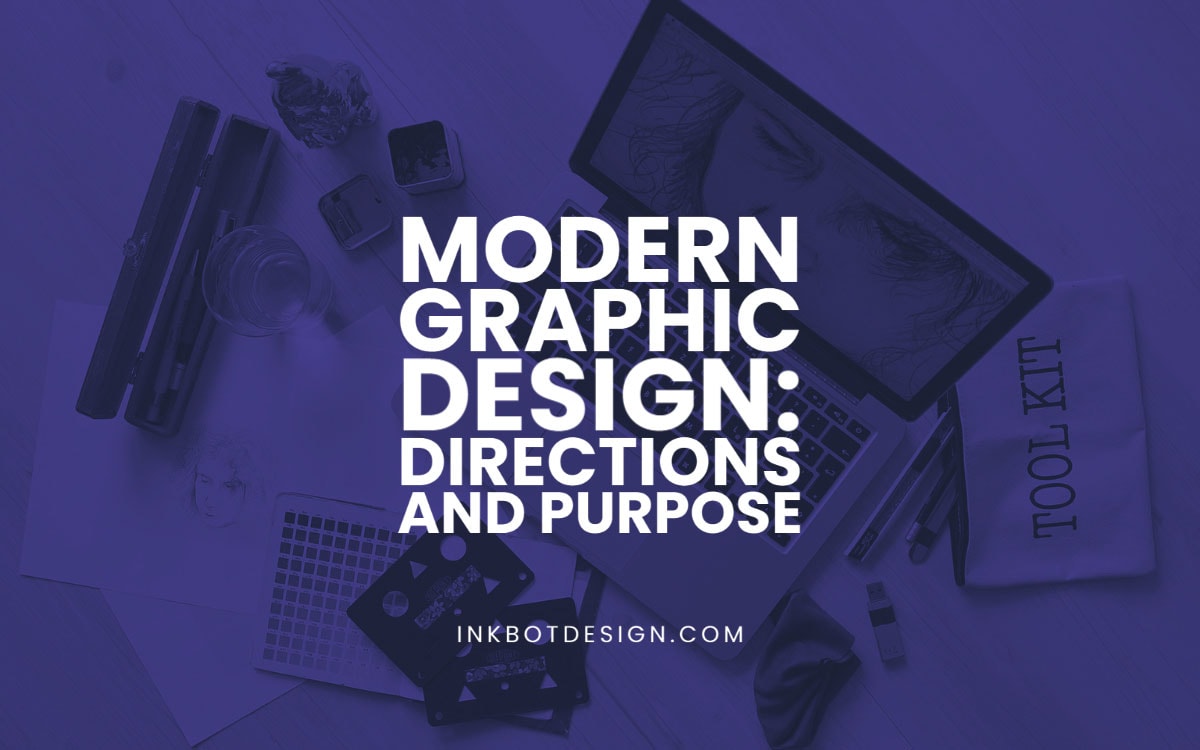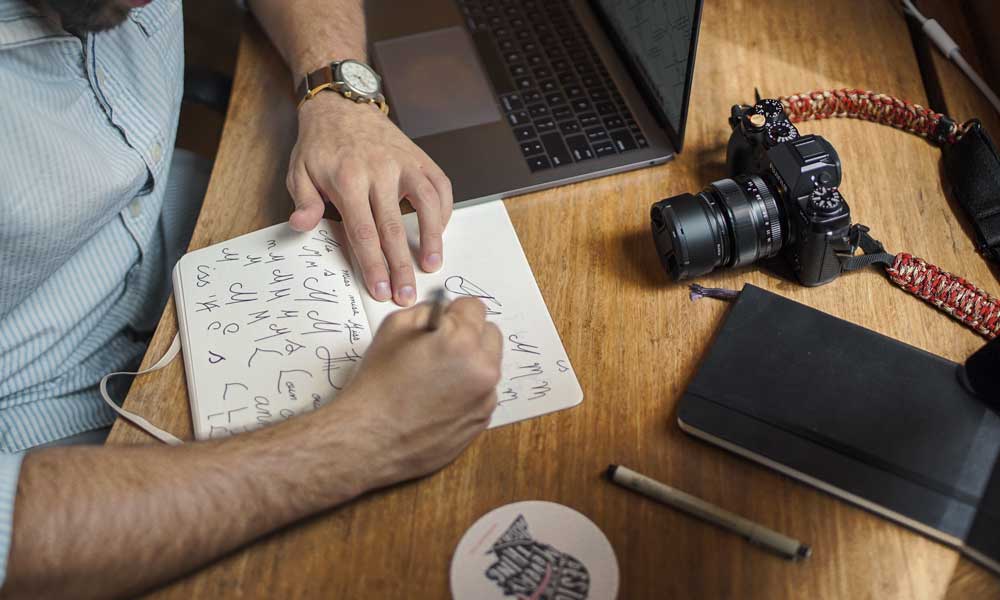
22 Mar Modern Graphic Design: Directions and Purpose
Modern Graphic Design: Directions and Purpose
Graphic design is an unequivocally artistic discipline, yet it is nothing without functionality.
The form lies at a crossroads where communication, visual arts and psychology can cohere into a single aesthetic.
In a nutshell, graphic designers are communicators whose toolset includes shapes, fonts, types, colours, shades, and geometry to convey their message.
Graphic designers are artists, but their art always has to serve a purpose.
There is also a technical quality to the work, as with any design discipline.
For example, anyone wanting to win a competition of engineering startups would have to ensure their design towered over those of their competitors to succeed.
There’s intense artistry at work in graphic design, although it’s ultimately tethered to fulfilling commercial objectives.
Producing work that’s as functional as it is attractive is no easy feat, and so talented graphic designers are always in incredibly high demand.
Why is Graphic Design Important?
Modern graphic design plays a role in every visual aspect of human commerce and culture, whether posters and books or animation and mobile app user interfaces.
Humans are visual creatures first and foremost, and visual perception colours all our daily interactions.
Just take fine dining as an example: an old saying goes that we eat with the eyes first, so much importance is placed on the best restaurants’ presentation.
We also absorb images much faster than written text since pictures immediately engage our brain on a subconscious level first without exerting the effort to process it voluntarily.
Colours, shapes, and symbols also engage us.
The modern graphic design presents audiences with visual and emotional prompts that engage viewers and encourage them to follow a brand journey.
Let’s explore how modern graphic designers can utilise their creativity to meet challenges and satisfying needs.
What Makes a Successful Graphic Designer?
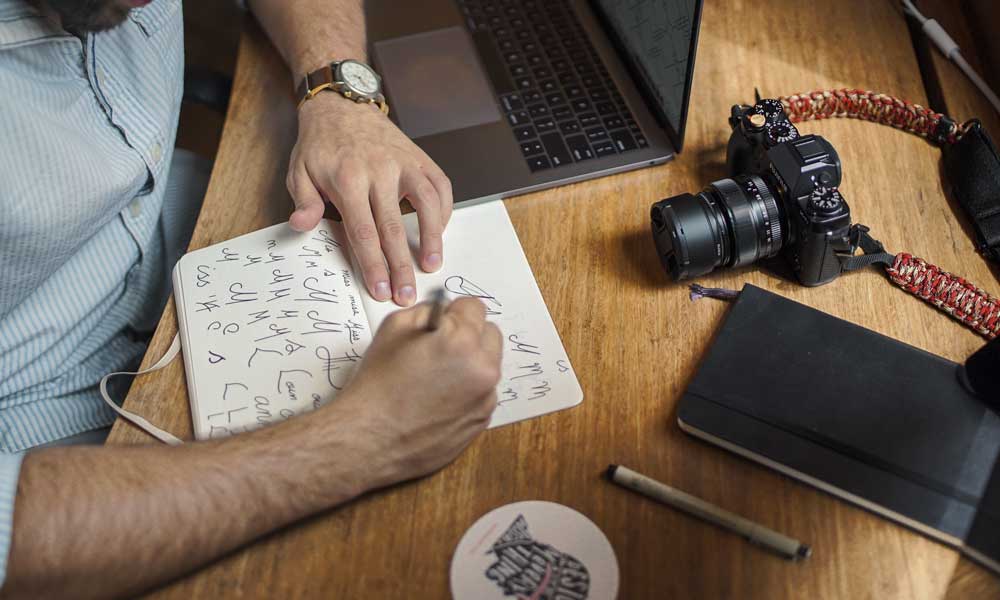
Graphic designers can come from diverse backgrounds since it unites so many disciplines and aptitudes to perform graphic design jobs.
Some may have gravitated to the field from the art world, while others might have more technical experience.
It’s a career that many people often transfer after dabbling with a related field, although many professionals may have come straight into the trade from graphic design internships.
However, a great freelance graphic design practitioner will usually possess most of the following qualities:
- Technical aptitude and visual craftsmanship
- Imaginative artistic ability
- Understanding of visual synthesis and examination
- Ability to research and understand target audiences
- Ability to use computerised and manual processes
- Passion for self-improvement and revaluation
An excellent graphic designer also needs to exhibit a commitment to staying on top of design trends and maintaining a grasp on stylistic shifts within the profession.
Many design elements and aesthetics come in and out of fashion at a rapid rate.
That’s why it’s essential to pay attention to ensure your graphic design portfolio is in step with the times and offers clients the look they’re going for.
Can You Learn Graphic Design Without Artistic Ability?
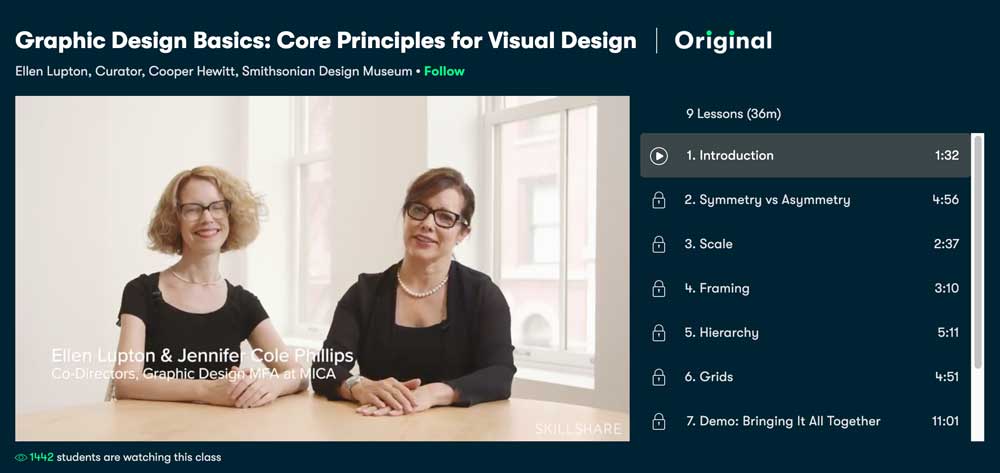
There are opportunities for visual design work that don’t hinge entirely on a talent for drawing and composition.
One such example of this might be digital interface design, where functionality is more dependent on a grasp of technology and coding know-how.
However, modern graphic design is a crowded career pool.
So you’ll want as many feathers in your cap as possible to make your portfolio stand out from the competition and secure an attractive graphic design salary.
This means that a bare minimum of artistic talent is recommended, along with a good grasp of drawing and design theory.
Can graphic design schools help improve this?
Of course, you have to be ready to dedicate the appropriate time and energy to get the most from graphic design courses.
What is Modern Graphic Design?
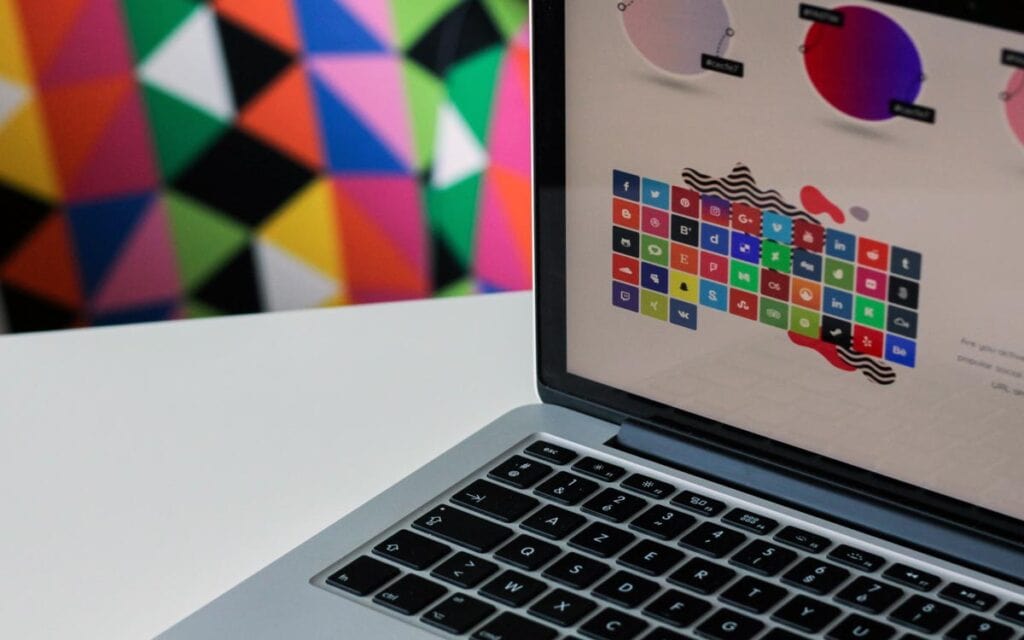
Today, visual design is a broad field for the use of many artistic disciplines. Specifically, graphic design art runs to include:
With so many mediums practised within a single industry, creatives have multiple avenues to choose to express their artistic talents with graphic design services.
All the directions above offer different means to use art to serve a function.
When you utilise these different mediums in combination with one another, you can broadcast your brand values coherently across all your different visual channels.
This can produce audience propositions that will often prove irresistible and help enhance each visual component’s effectiveness.
How is Graphic Design Changing?
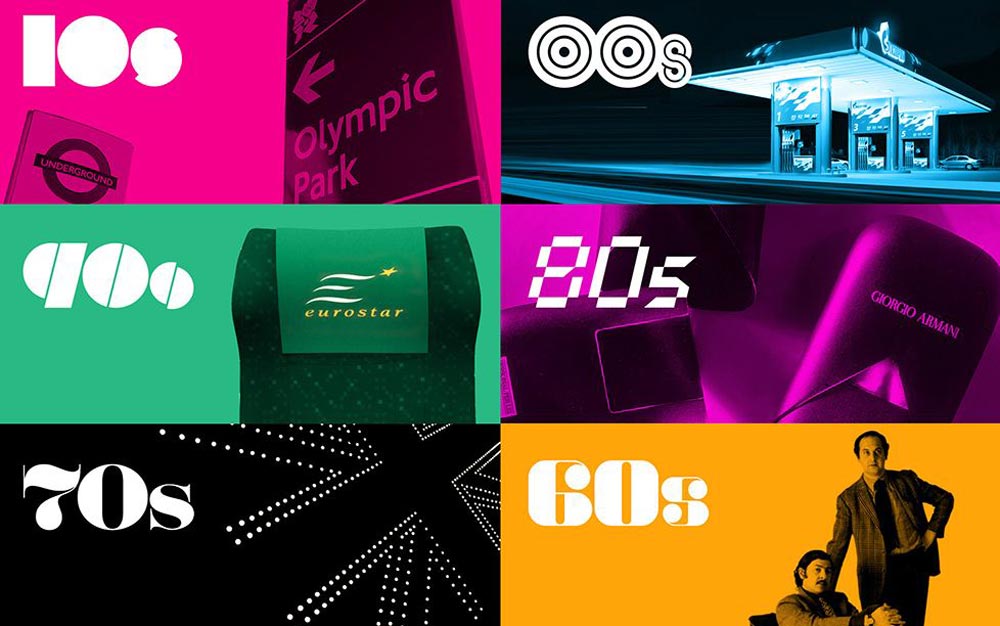
In the past, graphic designers were artists first and foremost.
While that still holds today to an extent, the digital revolution means that the field is becoming an increasingly technological undertaking.
Online graphic design is a growth industry where every business wants its web page to stand out from the competition.
Not only must modern graphic design beautify its subjects, but it must also provide an intuitive means of problem-solving.
Such an example would be website graphic design practices that make pages easier to navigate.
Modern design can serve many diverse purposes, and rarely will an object fulfil just one particular goal.
Consequently, we can categorise the core functions of graphic design as follows.
Identifying
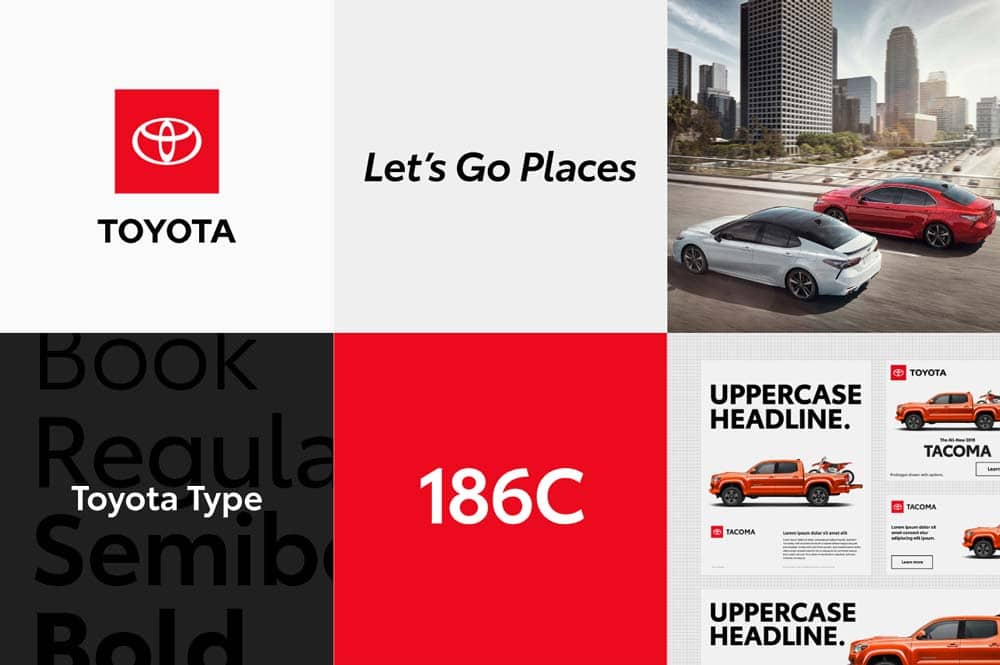
This goal aims to leverage branding for maximum effect.
It focuses on designing logos that form the core of the more comprehensive branding strategy.
Think about the most prominent brands globally and how their logos have become iconic signifiers of the company’s values: Apple, McDonald’s, Mercedes Benz and Coca-Cola are just a handful of graphic design examples that show just how powerful the medium is.
Graphic designers need to consider multiple factors to consider the intended audience, and the psychological impact that shape and colour can produce.
A finished logo will appear in every stage of a brand campaign, featuring everything from printed advertising to official documentation, interface design, and even office stationery.
Beautifying
While branding acknowledges that people are rational creatures, both artists and marketers realise that emotions can be more potent in governing our behaviour.
It’s easy to think our way out of intellectual propositions, but denying what’s beautiful to our senses is often a challenge that proves difficult for many.
Making visual content attractive and aesthetically pleasing can catch the eye and engage interest, which is crucial when competing in a crowded marketplace.
Beautification in graphic design is a powerful tool that boosts the power of visual elements like illustrations, templates, and typography.
Establishing Theme
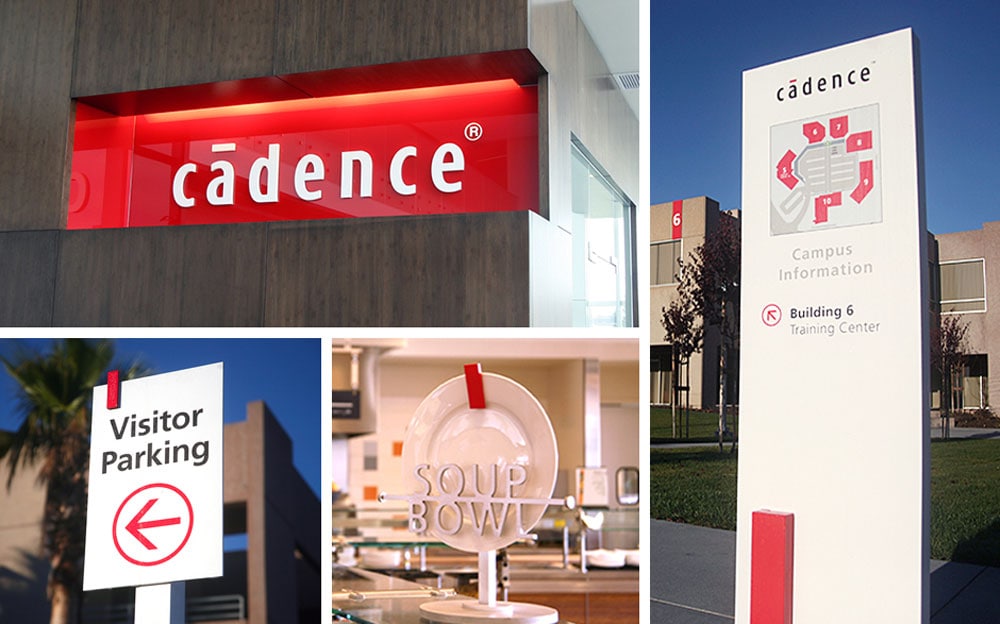
A wide variety of approaches and diverse application of design techniques can establish a message to use context to boost impact.
Much like a written copy, visual design can communicate information whilst also setting a tone and telling a story using composition, typography, background, and geometry.
Visual perception is incredibly influential for decision-making, especially when the window for audience interaction is brief.
This applies doubly when content references recent events and trends.
Good design means that every aspect of visual materials can help communicate the same message to audiences to produce more coherent and compelling branding campaigns.
This means that whether audiences are using an app or going into a store, they get a holistic brand engagement across all potential interactions.
Guiding and Explaining
Guiding and explaining are graphic design functions widely employed in print and interface design for materials like manuals, tutorials, guides, and more.
In these instances, visual content can be more intuitive and effective than dense copy blocks.
For example, if you order a piece of DIY furniture, you’ll almost always find an instruction manual with images rather than written instructions.
Graphics informed by deep analysis of the intended audience can appeal to empathy and emotions to further business goals and improve the user experience.
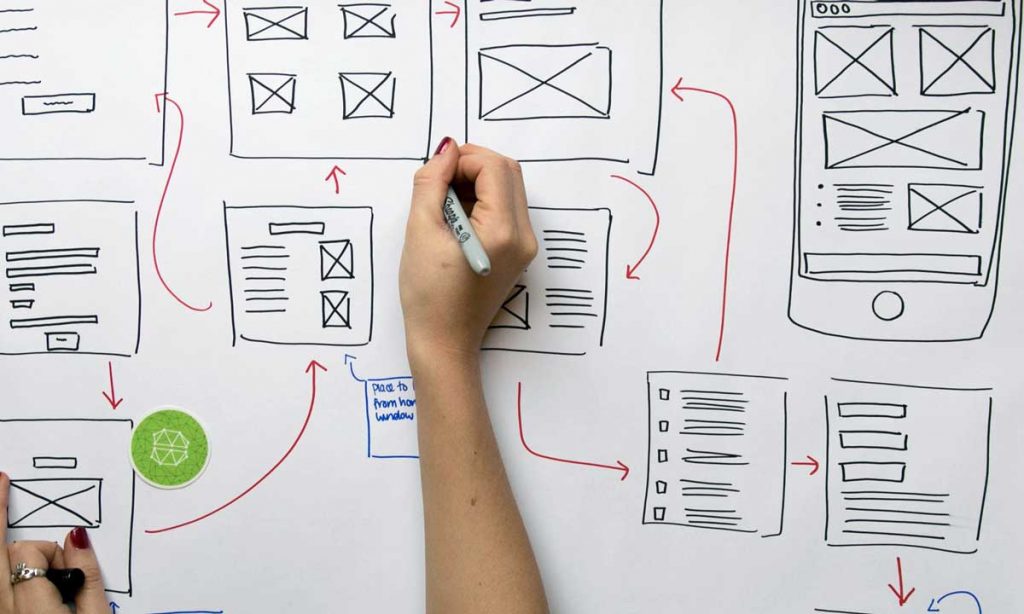
Customised visual elements are an excellent means to improve navigation and enhance usability.
These features play a significant role in customer conversions and audience retention by offering users a smooth ride through an app or website.
A clear, intuitive, and engagingly designed website can be a pleasure to navigate and enthuse audiences to look deeper into your brand.
By comparison, a drab and dull website that doesn’t pop from the screen won’t do any favours in convincing users to follow through or increase conversions.
Sophisticated graphic design that creates harmony in composition provides users with pleasant aesthetic engagement and helps communicate brand values at every stage.
Enhancing Communication With a Character
The considered use of personification can significantly impact improving user experience, boosting brand identity, and leveraging audience awareness.
This is why mascots are often featured heavily in brand campaigns and provide graphic designers with an opportunity to shine.
Effective mascots need to be designed around a solid understanding of the intended audience’s desires, needs, and expectations.
Simultaneously, they need to be underwritten by an awareness of the marketplace to ensure that graphic designs are compelling and original.
Mascots are especially effective with interfaces, where they can attract users attention and make the overall experience more engaging with direct communication.
Stylising Written Copy
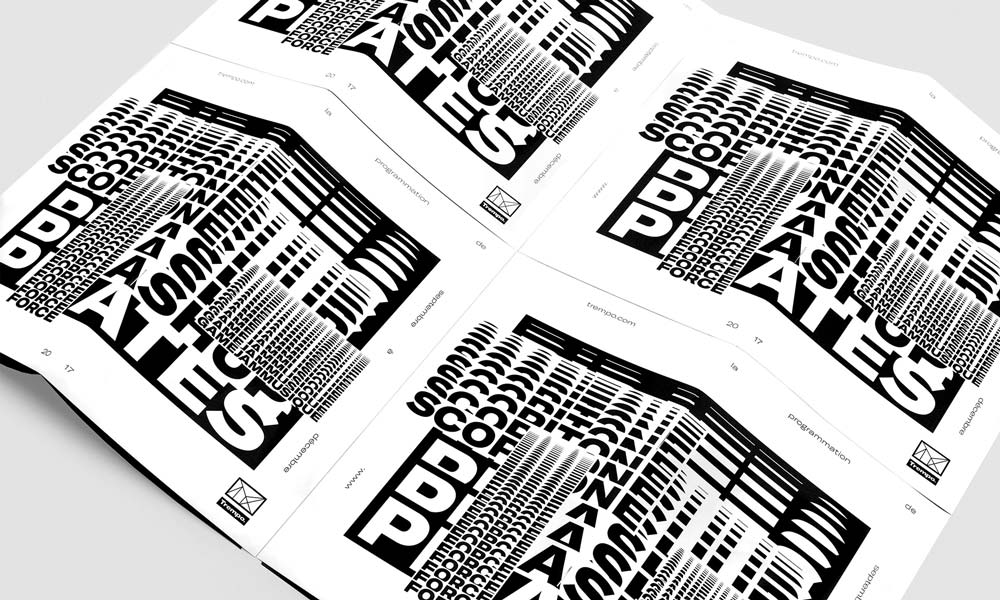
Typography is an essential aspect of modern graphic design that should not be overlooked.
Not only does it make the written content more readable, but it can also imbue copy with style and flair to make it more attractive and emotionally engaging.
Over the years, dozens of iconic fonts have developed their ardent followings and have become objects of fascination for some.
Like other design mediums, typography is a constantly shifting field where different fonts slip in and out of fashion.
So it’s worth keeping track of which styles are hot and cold at any given moment.
Typography is also important in branding to help establish a unique identity and make content more recognisable.
Conclusion: Graphic Design can be Whatever You Make It
As we’ve seen, graphic design can fulfil a wide variety of different commercial and artistic objectives.
The sheer variety of different mediums and techniques available provide a host of different ways to provide design solutions.
When powered by audience research, analysis, and well-judged experimentation, graphic design significantly impacts creating a positive user experience and boosting brand identity.
Use graphic design to bridge the gap between aesthetic pleasure and practical functionality for mutually beneficial commercial application.
What does modern graphic design mean to you?
Do you see any graphic design trends emerging that are going to change the industry?
Let us know in the comments section below.
Author’s Bio: Emily Moore is an English & programming teacher with a passion for space and blogging. She believes that current exploration should be focused on preserving our planet’s resources. With satellites circling the orbit, it is easier to get relevant data on any environmental changes. This, in turn, should help people quickly address any challenges.
